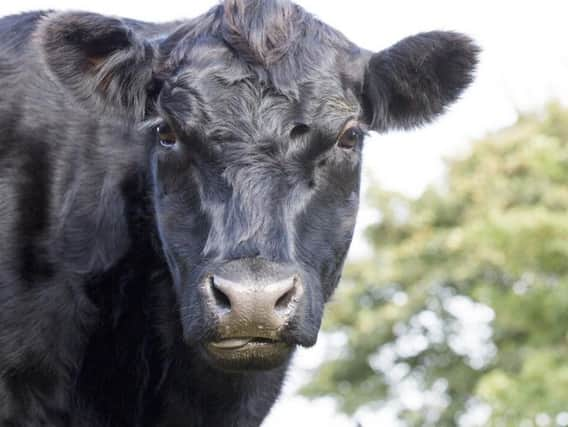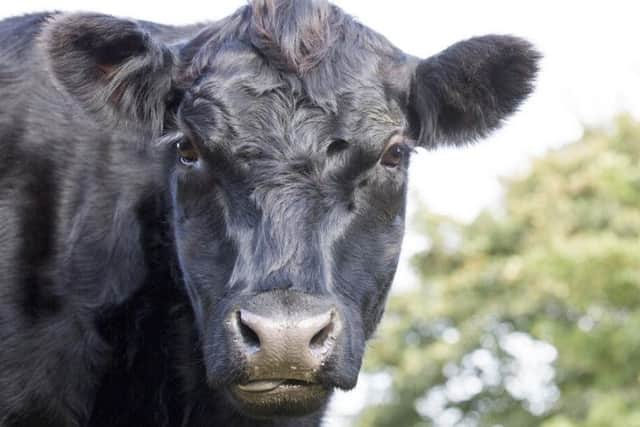BSE found in Scotland: Everything you need to know about 'Mad Cow Disease'


Restrictions have now been put in place around the farm believed to be in Huntly, although the case of BSE (Bovine Spongiform Encephalopathy) is not believed to be a threat to humans.
Here is everything you need to know about 'mad cow disease'...


What is BSE?
Advertisement
Hide AdAdvertisement
Hide AdMedically referred to as Bovine spongiform encephalopathy (BSE), “mad cow disease” is a neurodegenerative disease that can mutate and spread to humans. The human strain is known as Variant Creutzfeldt-Jakob disease (vCJD).
When did the disease first appear in the UK?
The first confirmed case in the UK was in 1986. However, the disease is notoriously hard to track as its incubation period can be anything from a few months to eight years.
What causes the disease?
Strong evidence suggests it is caused by a deficient protein called a prion. Although there is still huge discussion within the scientific community in the origin of the disease, a British and Irish inquiry into the outbreak in the 1990s concluded it had been caused in the UK by feeding cattle the remains of infected cows.
How is it transmitted?
It is transmitted through the consumption of BSE-contaminated meat and bone meal supplements in cattle feed.
What are the symptoms of BSE?
Humans - The World Health Organisation says that patients usually experience “depression, apathy or anxiety”. They also report victims have difficulty walking and controlling their limbs. By the time of death victims are “completely immobile and mute.”
Animals - Cattle have generally been seen to become increasingly aggressive, as their nervous system deteriorates and they lose control of movement. Their milk production also drops, with some showing signs of anorexia and lethargy.
Major outbreak
The last major outbreak was in 1992, when 36,700 cases were confirmed, a figure equivalent to 1 per cent of the GB cattle breeding herd. But there were thousands more cases reported throughout the 1990s and the first case of vCJD was reported in 1996.
Cost of the last outbreak
More than 180,000 cattle were infected when the disease was at its height, and 4.4 million were slaughtered in the eradication programme that followed.156 people died in the 1990s as a result of contracting the variant of BSE. By 2015, that number increased to 177.
Advertisement
Hide AdAdvertisement
Hide AdDuring the outbreak in the 1990s, the domestic sales of beef fell by 40 per cent with household consumption down a quarter on the previous year. The cost of beef also dramatically fell. The overseas market was crippled by an EU ban – only lifted in 2006.
Financially the cost was estimated between £740 million and £980 million to the UK economy.
Since the turn of the century, the number of reported BSE cases has fallen markedly, with just a few isolated cases in the last few years.
What are people saying about the latest discovery in Aberdeenshire?
Rural Economy Secretary Fergus Ewing said: “Following confirmation of a case of classical BSE in Aberdeenshire, I have activated the Scottish Government’s response plan to protect our valuable farming industry, including establishing a precautionary movement ban being placed on the farm.
“While it is important to stress that this is standard procedure until we have a clear understanding of the diseases origin, this is further proof that our surveillance system for detecting this type of disease is working. Be assured that the Scottish Government and its partners stand ready to respond to any further confirmed cases of the disease in Scotland.”
Investigation are now being carried out to identify the cause of the outbreak.
